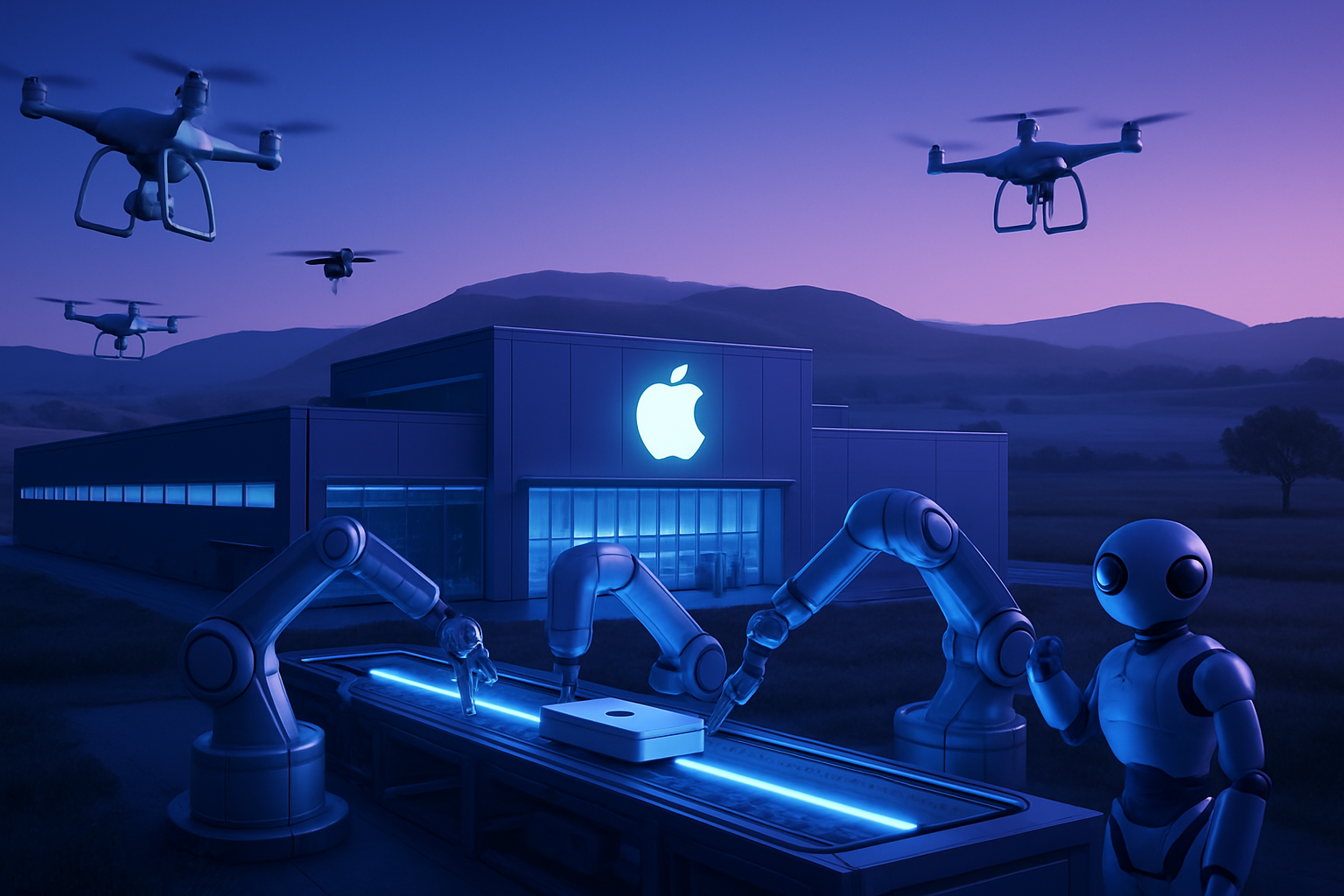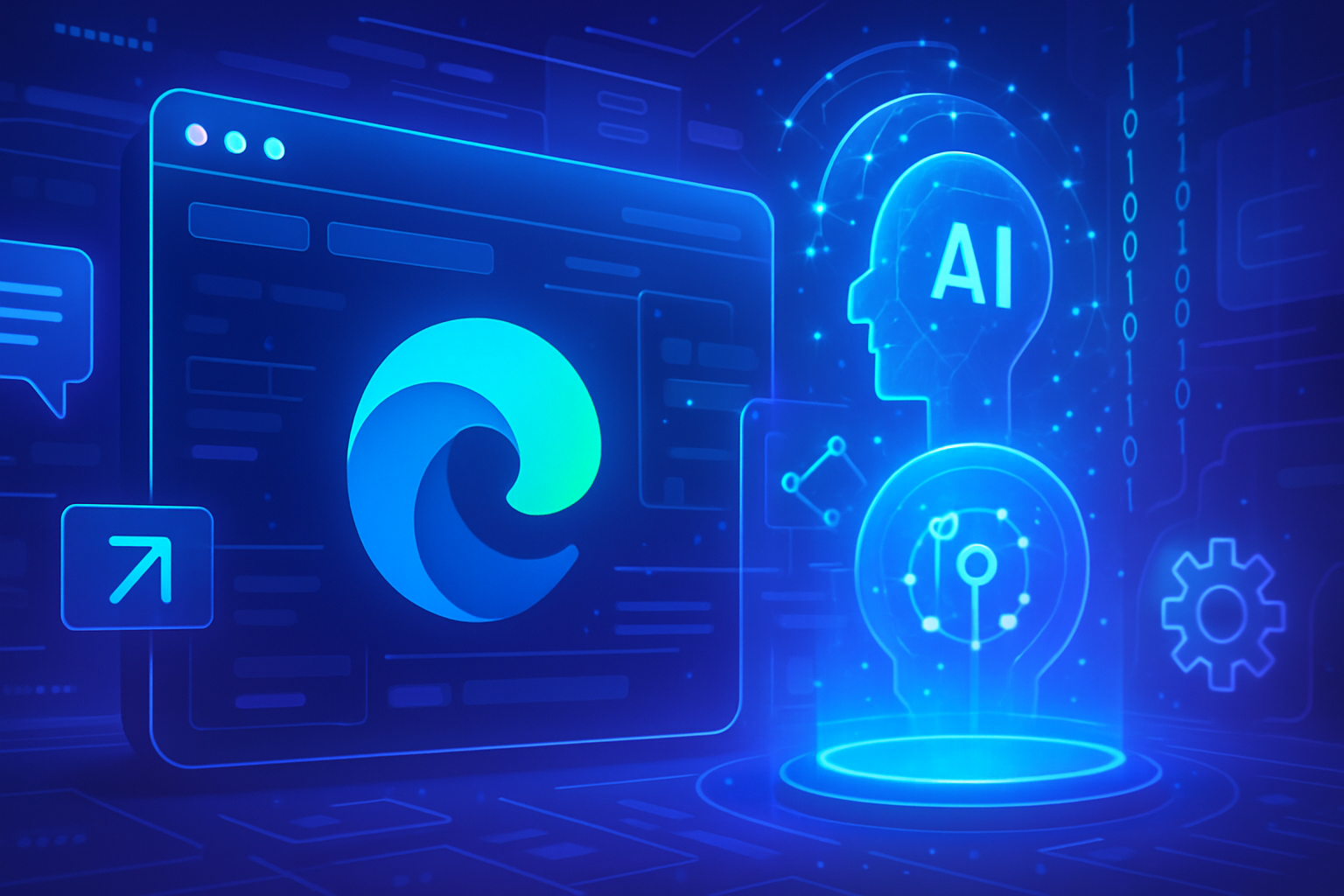The telecommunications sector is evolving at a dizzying pace, redefining interconnection standards. Technological innovation, the driver of change, requires increased vigilance in the face of the omnipresent regulatory changes. Without a deep understanding of new consumption dynamics, companies risk being left behind by the competition. Navigating this complex landscape becomes imperative for any business eager to profit from these transformations. Every trend, whether arising from the adoption of 5G or the rise of digital services, shapes the commercial landscape. Analyzing competitive strategies proves essential for positioning favorably in this ever-evolving market.
Technological Trends in Telecommunications
The telecommunications sector is undergoing an exceptional transformation, influenced by the emergence of new technologies. The rapid adoption of 5G is driving an acceleration of deployments, thus optimizing the speed and responsiveness of networks. This technology enables the massive connection of devices, facilitating the advent of the Internet of Things (IoT).
The convergence of services represents another significant trend. Many operators are combining their mobile phone, high-speed internet, and television offerings to create integrated packages. This merger meets the growing consumer demands for a unified and personalized experience.
Digitalization and Innovation
The digitalization of businesses is radically transforming their relationship with telecommunications services. Cloud solutions are emerging as essential tools, allowing companies to streamline their processes. The integration of artificial intelligence also contributes to more effective and personalized customer interactions.
Chatbots and intelligent agents, for example, enhance customer service while reducing operational costs. A recent study revealed that automation of interactions transforms the customer experience while providing real added value to businesses.
Environmental Sensitivity
In the face of environmental challenges, the telecommunications sector is beginning to adopt more sustainable practices. Companies are aiming to reduce their carbon footprint through eco-friendly technologies. According to a study, artificial intelligence can play a crucial role in reducing global carbon emissions.
This transition towards more environmentally friendly operations highlights the growing importance of a sustainable approach in telecommunications companies. Consumers are demanding tangible efforts in sustainability, thereby influencing operators’ decisions.
Current State of Mergers and Acquisitions
The telecommunications market is characterized by a dynamic of mergers and acquisitions. This phenomenon is driven by the quest for synergies and efficiency improvements. Recent advancements in artificial intelligence are energizing these activities, creating new opportunities within the sector.
Operators are looking to expand their service portfolios and innovate constantly, thereby influencing the competitive landscape. This period of intensified acquisitions is expected to continue as new technologies emerge regularly.
Future Data Perspectives
Concerning forecasts are emerging about the future of telecommunications companies. Data remains at the heart of this reflection, with expectations for an increase in its value. Experts anticipate exceptional growth of artificial intelligence in data centers, expected to surpass established companies like Palantir by 2030.
This ascent comes with the necessity to further protect this sensitive information. Cybersecurity thus becomes a strategic imperative for major players in this market, strengthening their resilience against growing threats.
Engaging Conclusion on Strategy
Telecommunications companies must adapt their strategies in response to these developments. The ability to anticipate consumer expectations and their willingness to innovate will determine their performance in a context of increased competitiveness. The union of advanced technologies and sustainability will shape the contours of this sector in the coming years.
Frequently Asked Questions
What are the main current trends in the telecommunications market?
The main trends include the rise of 5G, the increase of the Internet of Things (IoT), the digitization of services, and heightened attention to cybersecurity.
How is 5G transforming the telecommunications landscape?
5G enables much faster connection speeds, reduces latency, and offers the ability to connect a greater number of devices simultaneously, revolutionizing connected services.
What impacts do AI technologies have on the telecommunications market?
AI optimizes network management, enhances customer experience through chatbots and analytical tools, and enables predictive maintenance of infrastructures.
How are telecommunications companies adapting to digitization?
Companies are investing in digital solutions, offering cloud-based services, and adopting unified communication platforms to improve efficiency and accessibility.
What challenges are associated with consumer adoption of 5G?
Challenges include the cost of compatible devices, uneven network coverage, and concerns regarding health and data security.
How does IoT affect telecommunications services?
IoT requires increased network capacity and effective data management, creating opportunities for service providers to develop new products and services.
What are the potential cybersecurity risks for telecommunications companies?
Risks include DDoS attacks, identity fraud, and data breaches, which necessitate constant vigilance and investments in security.
How can consumers benefit from trends in the telecommunications market?
Consumers can benefit from faster services, more personalized offers, and better accessibility to various digital services due to increased competition in the market.
What is the importance of sustainability in the telecommunications sector?
With growing environmental concerns, companies are integrating sustainable practices into their operations and striving to reduce their carbon footprint, thus attracting environmentally conscious consumers.
What roles do social networks play in telecommunications trends?
Social networks influence how companies communicate with their customers and can be used as tools to gather data on consumer preferences and market trends.






